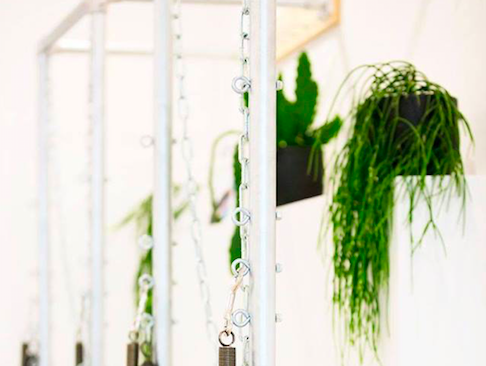While on maternity leave, some clients find they become healthier, with more time to be active (lots of pram walks) and invest in worthwhile food choices for their baby and themselves.
Despite the intensity of new parenthood, for many people this is the first extended break from paid employment since entering the work force. Okay, you’re sleep-deprived but you don’t HAVE to be work-ready on any given day. Life takes on a more organic flow.
We all know regular physical activity offers many benefits, which include:
- Reduced risk of a heart attack
- Improved weight management
- A lower blood cholesterol level
- Lowered risk of type 2 diabetes and some cancers
- Lower blood pressure
- Stronger bones, muscles and joints and lowered risk of osteoporosis
- Lowered risk of falls
- Better recovery from a period of hospitalisation or bed rest
- Feeling ‘well’ – with more energy, a better mood, more relaxed and quality sleep.
Return to work ends this comparatively flexible and more active lifestyle and replaces it with an often sedentary daily schedule with greater demands on the mother to balance things at home and at work.
I’m not a parent and I haven’t had to deal with the tough job of protecting a newborn and keeping a family on track, but here are some tips you might like to consider to help achieve some balance and maintain your sense of wellbeing:
- Be as active as your lifestyle and time constraints allow
- Be mindful of your body and be sure to seek professional assistance if you have discomfort, pain, incontinence or any other medical concerns
- It can take a long time to recover from pregnancy and delivery; it may be a solid twelve months or more of concerted care to feel like your pre-pregnancy self. Be patient and kind to yourself.
- Do your best not to compare yourself to your mates and especially not celebrities with a full-time team (and surgical interventions) to get them back in shape for the movies. It’s not real life and you don’t need that noise.
Carving out the time to attend classes or a gym can be difficult so if you can’t make it work, please don’t worry. Some basic exercises at home can help to maintain your base condition.
At The Movement Refinery, we can help to set you up with a Pilates program that’s easy to replicate and achieve at home.
Physical priorities post-partum
Post-partum physical requirements are individual of course and will very much depend on your pregnancy/delivery, whether this is your first child, the length of your maternity leave and how much domestic support is available.
Ergonomics should play a big part in pram and cot selection. When you consider how often you pick up / put down your baby, do yourself a favour and try everything before you buy to make life as easy as you can.
Pelvic Floor recovery
A vital component of the rebuilding process for post-partum clients, Pilates utilises the pelvic floor in isolation before adding it as a functional support component with the diaphragm and ‘core’.
The pelvic floor acts primarily to support the bladder and bowel and also works in synergy with deeper abdominal stabilisers; improving both continence and musculo-skeletal stability.
Rebuild dynamic core stability
Using the core template (active use of the breath, pelvic floor, deep abdominal stabilisers, back muscles, inner thighs and postural glutes) re-energises muscle groups in isolation and can often help to build awareness of the area in a ‘clinical’ setting.
It is necessary to take this information (where muscles are, how to benefit from switching them on) into more functional positions for human movement and parenting.
Post-partum Pilates will help you by re-introducing squatting and bending techniques (now that the third trimester belly has gone), teaching twisting and reaching movements, articulating your spine in most directions and challenging your coordination and balance.
Pilates can assist you, well beyond mere ‘abdominal’ work.
General strength and endurance
When the postural and core template are established, it is time to build your muscular endurance to help you last through difficult tasks and long days.
Injuries occur when a task demand exceeds available strength/endurance/control.
General strength and endurance are often depleted during pregnancy, so once you take care of the first two priorities (or preferably simultaneously) it’s time to build your capacity with the Pilates method.
A new normal
The brain has a remarkable ability to adapt both in the short and long term, compensating for your changing body pre- and post-partum.
It is amazing to consider that your body intuitively changes its circuitry so that you don’t fall over when carrying your baby inside of you are in your arms post-partum.
That said, some work focused on balance, coordination and movement can aid your recovery and return to a new normal.
Our maternal health classes begin 1 August and feature the Pilates tower, props and years of experience to keep you mobile and strong during your pregnancy. These classes are built for women 20+ weeks pregnant and those immediately post-partum.
If you want to improve your recovery post-partum or even get some advice on useful exercise practices after having your baby, get in touch with The Movement Refinery Studio Director, Nicholas Psarros.

